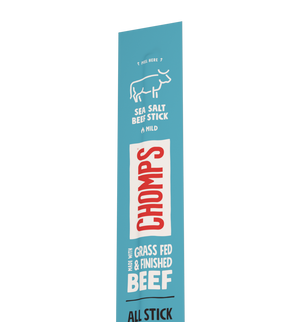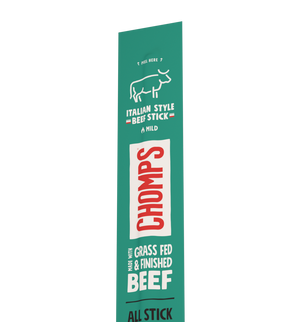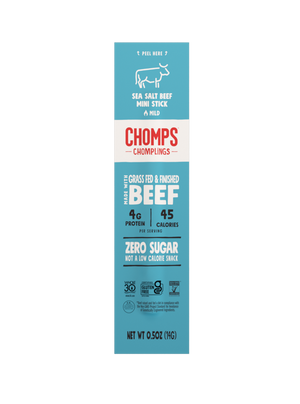From enhanced energy to weight loss and fewer food cravings, intermittent fasting is credited with plenty of health benefits and continually tops the latest trends in wellness.
The perks are appealing, but fasting doesn’t agree with everyone. For women, intermittent fasting may actually cause more harm than good.
In this post, we’ll review the basics of intermittent fasting, why it might be troublesome for women, and how to safely get started.

What is Intermittent Fasting?
Intermittent fasting is a time-focused way of eating that balances periods of eating with regular, short periods of fasting.
The focus is solely on the timing of when to eat meals and snacks and when to fast, or abstain from eating. Other than that, there are no hard and fast rules about what foods to eat.
Types of Intermittent Fasting
There’s no right or wrong way to practice intermittent fasting. Some of the more popular styles of intermittent fasting include:
1. Time Restricted Fasting
This method refers to limiting eating to a certain window of time in each 24 hour period. This could look like fasting from 8PM to 12PM (16 hours) and eating from 12PM to 8PM (8 hours).
Again, there’s no rules here. Some people fast for 12 hours and limit eating to the remaining 12 hours of the day.
Trial and error is your best bet for finding the best time frame for you and your lifestyle.
2. Modified Fasting
Modified fasting, or the 5:2 method, is defined by eat whatever and whenever you want 5 days a week and fasting the other two days of the week.
Some people don’t eat anything on the fasting days and others eat a very small amount, restricting calories to about 25% of total daily energy needs. If you normally eat about 2000 calories a day, you’d eat about 500 calories on the two fasting days.
3. Alternate Day Fasting
With this method, you alternate between eating and fasting every other day. This could look like eating on Monday, fasting Tuesday, eating Wednesday, fasting Thursday, and so on.
There are no restrictions on what to eat or when to eat on eating days.
Benefits of Intermittent Fasting
People are drawn to intermittent fasting because it’s easy to follow with no food rules or calorie counting required.
Some of the potential benefits linked to intermittent fasting include:
- Improved body composition
- Improved blood sugar levels
- Reduced risk of cardiovascular disease, type 2 diabetes, and cancer
- Improved PCOS (polycystic ovary syndrome) symptoms
Drawbacks of Intermittent Fasting for Women
Although more research on intermittent fasting for women is needed, a few studies have suggested fasting can pose unique health problems for females.
It all comes down to hormones. Women’s reproductive hormones are sensitive to changes in food intake. Changes in a woman’s levels of estrogen and progesterone can result in:
- Delayed or lack of ovulation
- Altered periods
- Fertility issues
- Mood swings
- Increased hunger and food cravings
Of course, not all women who try intermittent fasting end up in hormonal chaos. Some experts believe fasting in combination with high stress levels may be the reason why intermittent fasting adversely impacts some women.
Getting Started with Intermittent Fasting for Women
The first step to getting started with intermittent fasting for women is to consider your current stage of life.
Certain times in a woman’s life require increased energy intake. If you’re pregnant, breastfeeding, or actively trying to conceive, you’ll want to hold off on trying intermittent fasting.
Intermittent fasting is not the right fit for women with a history of disordered eating or binge eating.
If none of the above apply, it’s recommended women ease into intermittent fasting with the time restricted approach.
Start by increasing the amount of time between your last meal of the day and your first meal the next day. Twelve hours in between meals is a good starting point. If a longer overnight fast agrees with you, you can try increasing the fast one hour at a time.
Remember to listen to your body as you get started with intermittent fasting and notice if you feel:
- Generally unwell
- Fatigue or low energy
- Ravenous
- Moody
- Difficulty focusing
- Changes to menstruation
If you experience any of the above, you may need to shorten your fasting window or try a different approach altogether.
Whether intermittent fasting works for you, eating a nutritious diet is key to good health. Meals should include fiber-rich foods, lean proteins, and healthy fats. Healthy snacks, like fruit, vegetables, CHOMPS jerky, and nuts can help keep you full between meals, reduce cravings, and replace less healthy options.
































